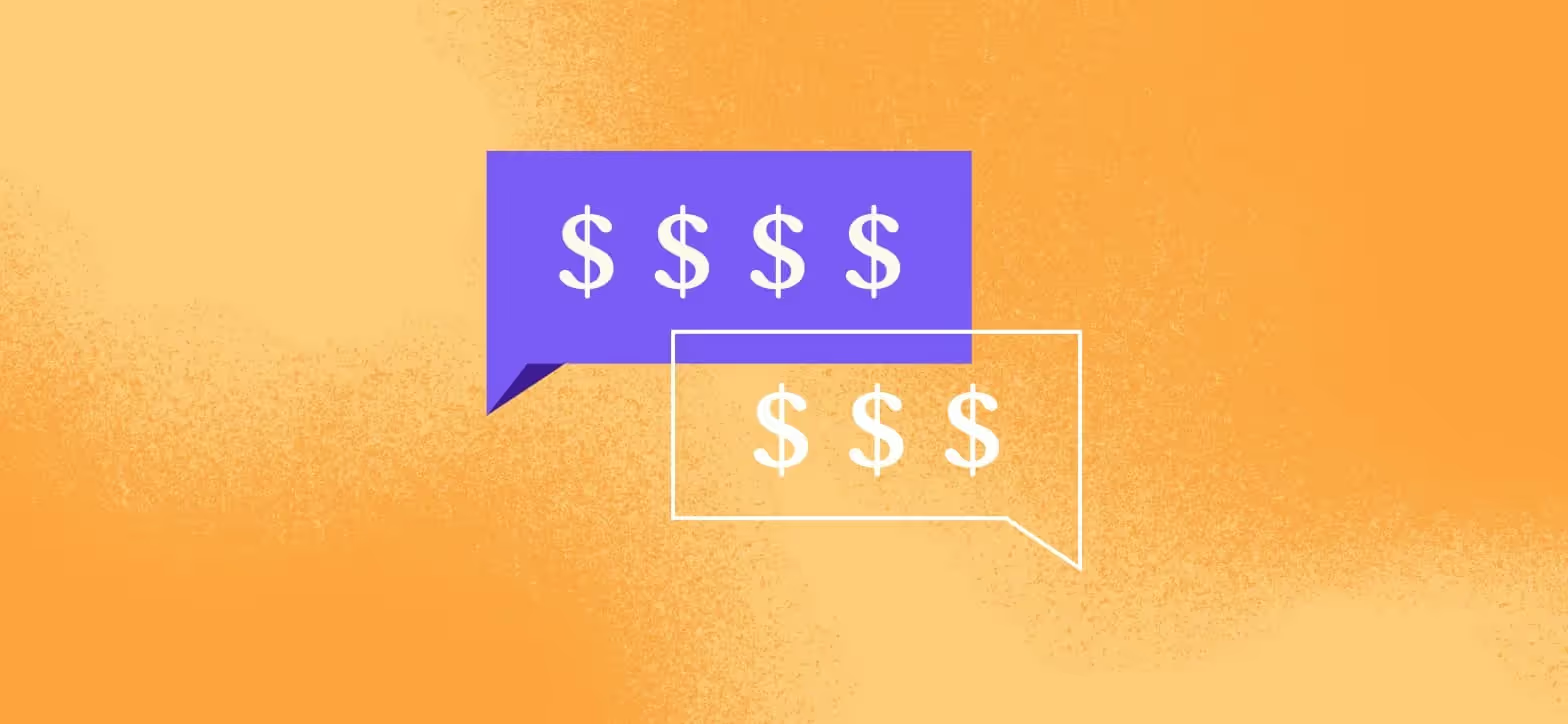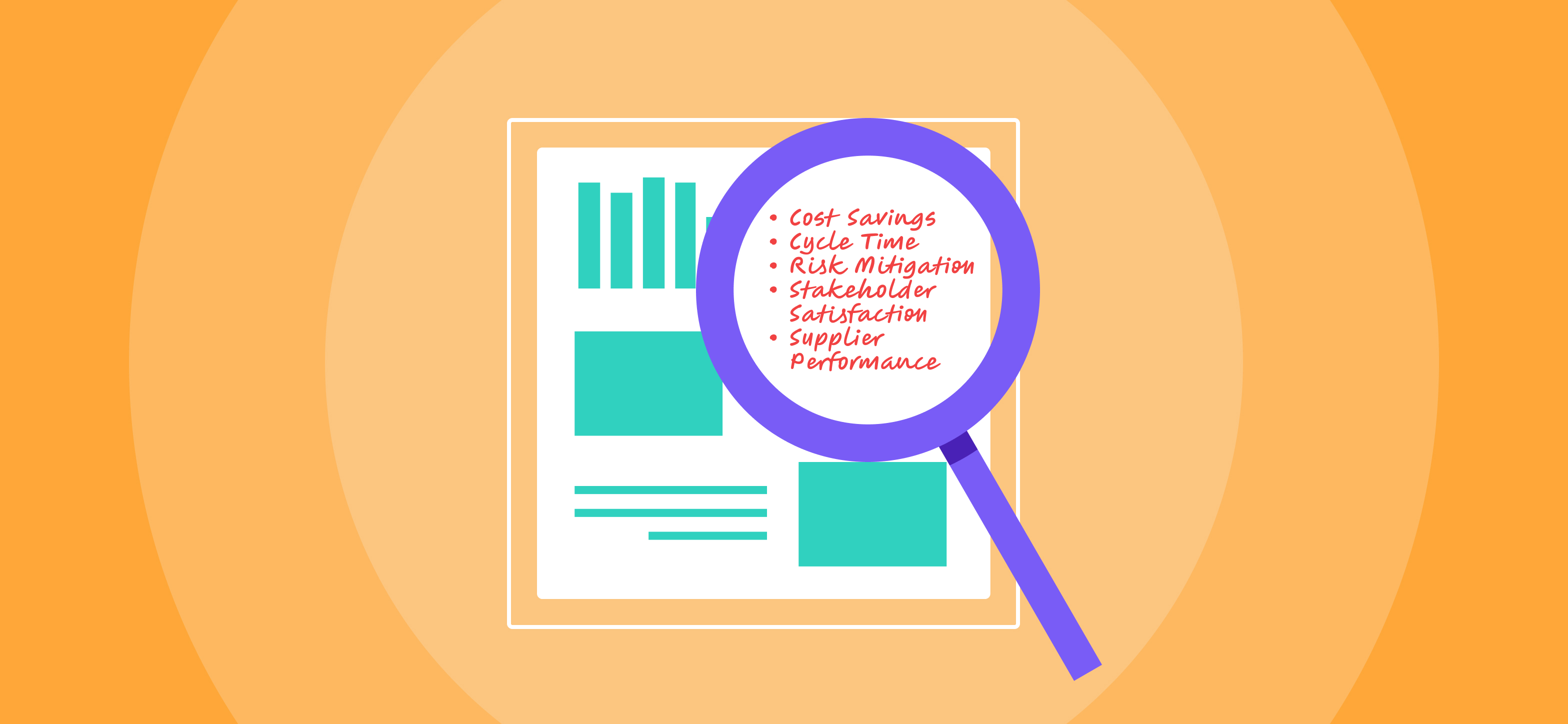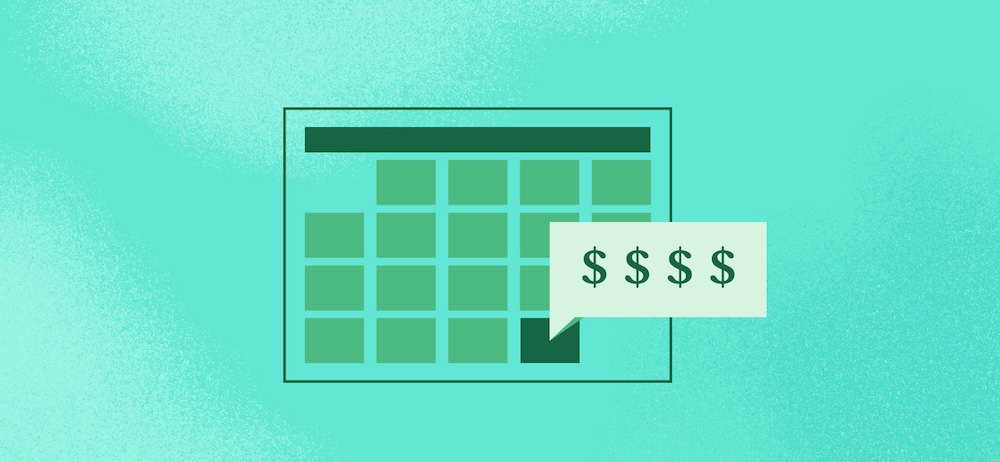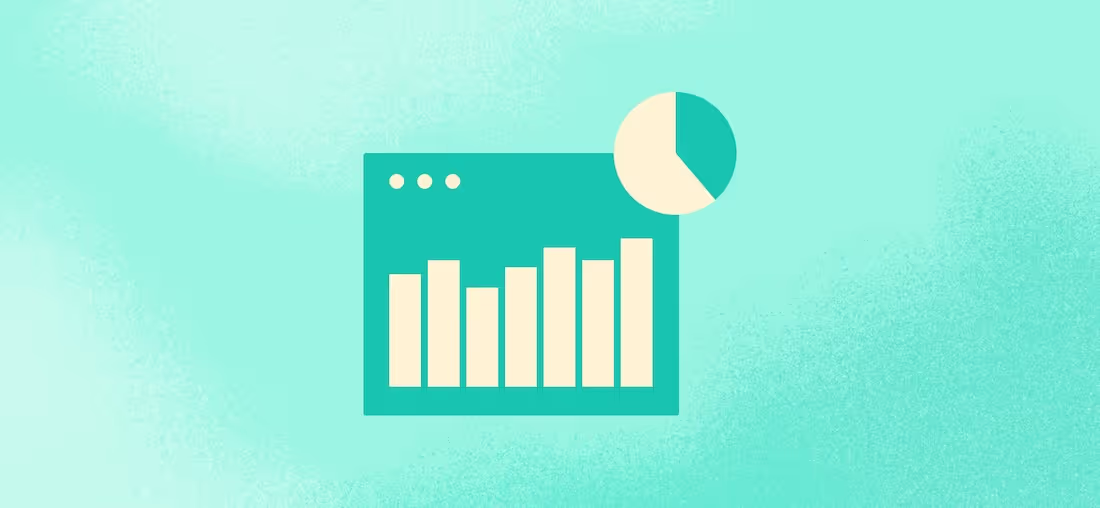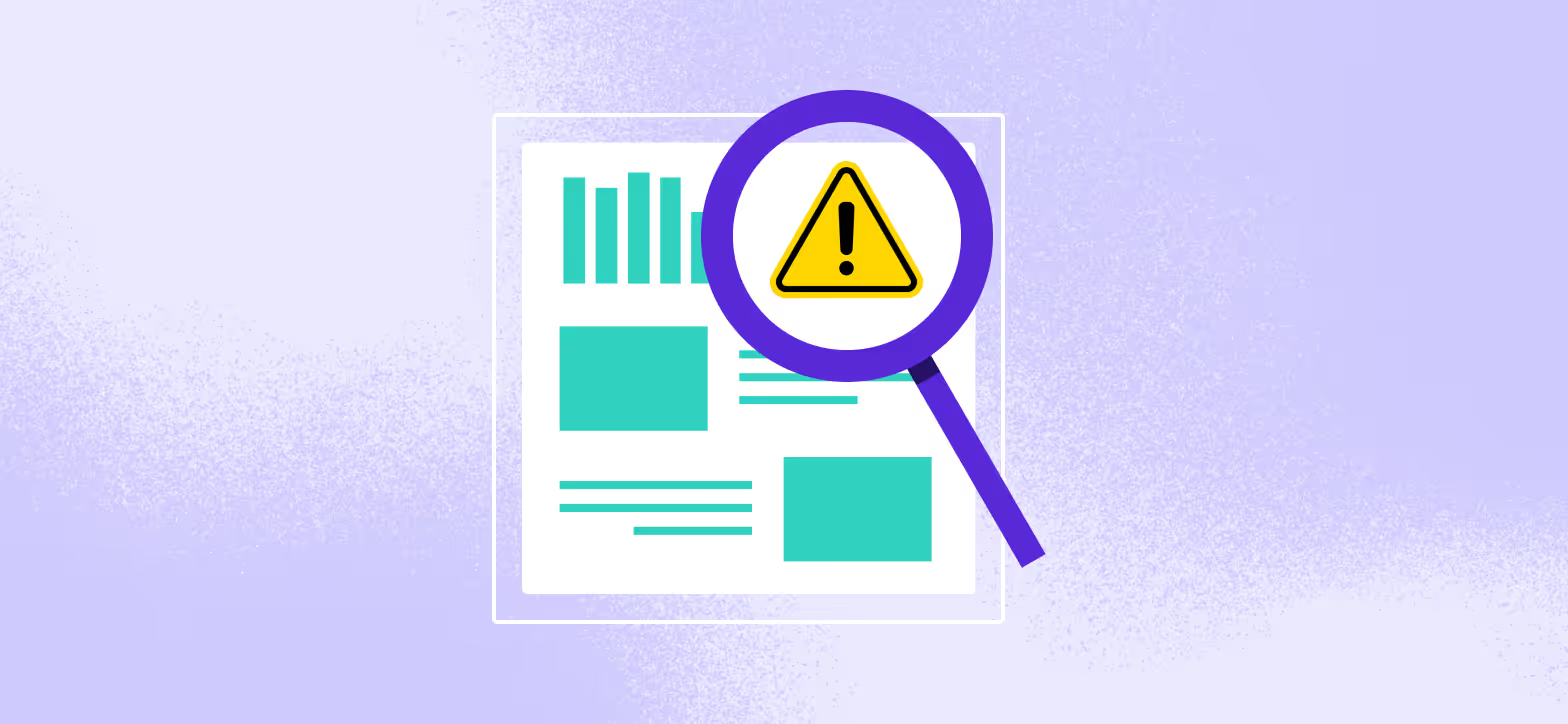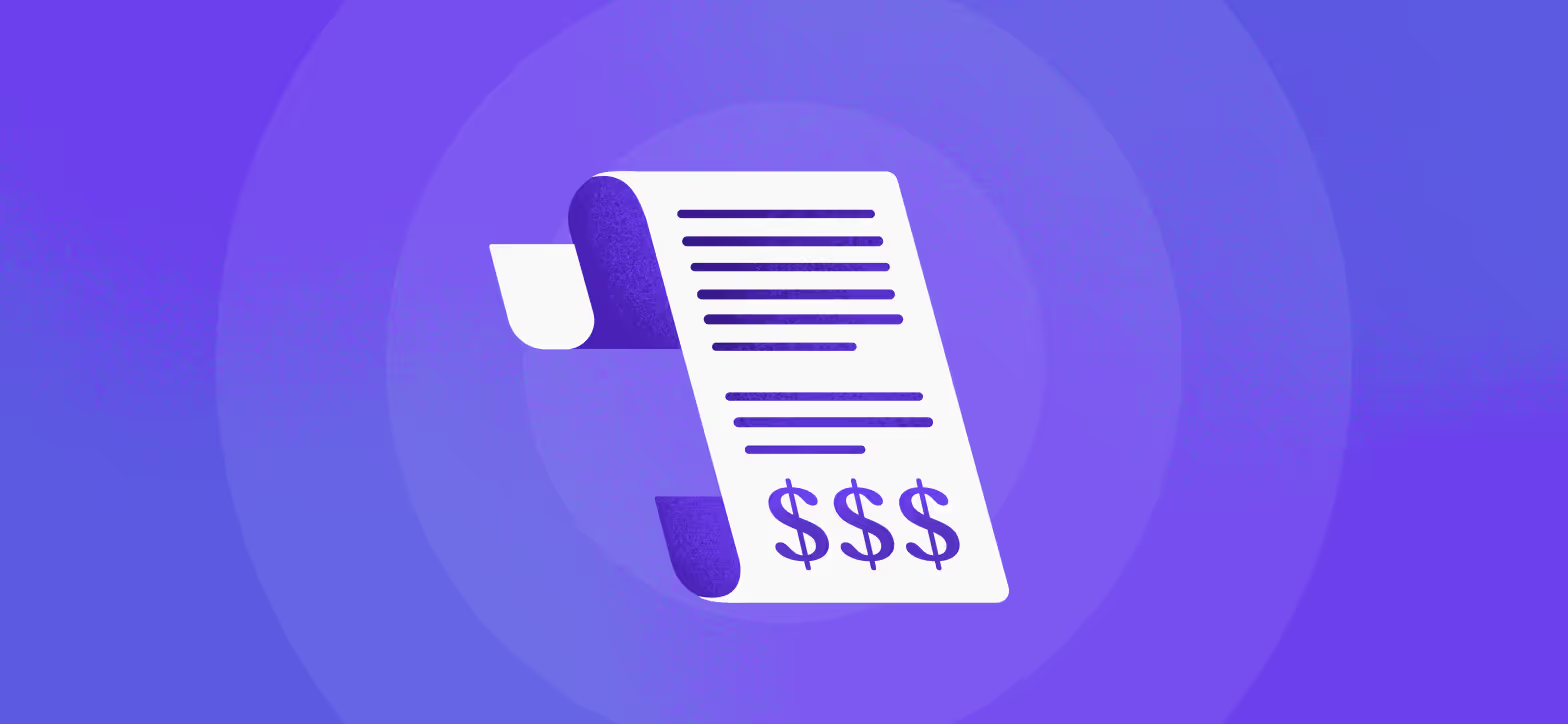“Information is a negotiator’s greatest weapon.”
This quote from entrepreneur Victor Kiam cuts straight to the heart of why many procurement teams struggle to maximize value during supplier negotiations. The deck is stacked against them—vendors have an informational advantage in the form of complex pricing models and market insights that leave buyers at a disadvantage.
Fortunately, you don’t need to overhaul your entire process to level the playing field. You just need better data to make more informed decisions around your spend and identify overpriced SaaS contracts. Supplier intelligence and price benchmarking in procurement provide insights that shift the balance of power in your favor, giving you the leverage required to negotiate with confidence. This can often lead to cost savings, which KPMG found is the top procurement optimization priority for businesses.
What are the consequences of low leverage in procurement?
In procurement, leverage is what puts you in control—over spending, over terms, and over outcomes. When you understand your suppliers’ pricing structures and broader market dynamics, your negotiating stance is immediately stronger.
Teams with leverage shape the terms of their supplier agreements, while those without it are constantly playing defense. Simply put, leverage is what sets proactive, value-driven procurement teams apart from those that merely react to what’s put in front of them.

The consequences of low leverage
- Missed savings: When you’re unaware of fair market pricing or lack price benchmarks to compare against, suppliers can set rates that work in their favor. This is a big reason why, according to Vertice,“90% of buyers are overpaying for their software by as much as 20-30%.” With the average enterprise SaaS portfolio standing at 269 apps, this can quickly snowball into millions of dollars in wasted spend.
- Drawn-out negotiations: A lack of leverage stretches out negotiations, dragging your team into drawn-out back-and-forths that sap time and energy. For many companies, more than a quarter of the sales process is spent on contractual negotiations, taking your team away from high-impact projects for weeks or months.
- Limited flexibility: Without leverage, you can end up boxed in when priorities shift or budgets tighten. Suppliers tend to be less likely to budge on terms, leaving you tied to contracts that don’t fit your needs as they evolve.
What common barriers prevent procurement leverage?
Hidden pricing, fragmented data, and a lack of insights are some of the common roadblocks that keep procurement teams from gaining optimal leverage. Here’s what’s standing in your way, and why these obstacles are costing you more than you might think.
Opaque pricing structures
If you ever suspect that vendors have a secret pricing playbook, you’re onto something. Many suppliers intentionally structure pricing in ways that obscure the true value at each tier. They don’t put these numbers on their websites for a reason—it forces buyers into lengthy sales conversations just to figure out the basics. In fact, more than half of vendors keep their pricing details under wraps, forcing you to dig for basic information.
When you don’t know how much others are paying for similar services, you’re left guessing at what’s fair and are forced to accept whatever price is presented to you.
Lack of comparable data and price benchmarks
Without data-backed benchmark prices, it’s almost impossible to know if you’re getting a good deal—or if the supplier is padding their margins at your expense.
Think about it this way: walking into a negotiation without comparable data is like bidding at an auction with no idea of the item’s value. You don’t have a sense of what the item is worth, and the supplier is betting you won’t notice they’re inflating prices. With reliable benchmarks, you have the context you need to push back. Without them, suppliers hold all the cards.
Procurement resource constraints
Many procurement teams are stretched thin with an endless to-do list to manage. It doesn’t help that talent shortages also persist, where nearly three quarters of Chief Procurement Officers (CPOs) have struggled to expand their team and scale their operations. With a full plate of tasks and pressure to achieve more with less, the idea of diving deep into supplier research or lengthy negotiations can feel out of reach. Meanwhile, suppliers come fully prepared, often with entire teams dedicated to securing the best terms for themselves.
This lack of bandwidth doesn’t just mean more work—it translates directly to weaker negotiating positions. Without the resources to dig into supplier practices, pricing models, and competitive rates, your team is left playing catch-up, reacting to whatever terms are thrown their way.
Fragmented supplier data and disjointed systems
Here’s the silent killer of procurement leverage: fragmented data. It costs the average organization $12.9 million every year.
When your supplier information, contract details, and renewal dates are scattered across multiple systems (or worse, buried in spreadsheets), keeping track of critical details becomes a logistical nightmare. Missed renewals, overlooked pricing trends, and last-minute scrambling become the norm. Instead of proactively managing supplier relationships, you’re left reacting to issues as they come.
Along with slowing you down, disjointed data hampers your ability to make strategic moves. Every missed renewal is a lost opportunity, and every ignored data point could mean the difference between an average deal and a great one. Without a centralized view, your procurement function is on its heels, at the mercy of supplier terms rather than driving the conversation themselves.
Each of these challenges—hidden pricing, lack of benchmarks, resource constraints, and fragmented systems—creates cracks in your leverage, letting value slip away. But with the right data and a proactive strategy, you can start tearing down these barriers and put your procurement team back in control.
How can you create leverage via price benchmarking in procurement?
Procurement leverage isn’t a matter of luck. It’s about having the right strategy, structure, and data. Here’s how a structured approach can transform your procurement function.
1. Centralize and analyze supplier data
Data is the foundation of any strong procurement strategy. But to make it work for you, it needs to be well-organized. When every contract, spend record, and performance review is stored in a central repository, procurement teams gain the clarity they need to make more strategic moves. Here are some of the benefits that brings:
- Eliminates the chaos of rifling through emails or spreadsheets to track down contracts
- Reveals hidden opportunities for improvement with a bird’s-eye view of your spend patterns
- Encourages proactive decision-making by allowing you to analyze past performance and identify key pricing trends
A pharmaceutical company highlighted by McKinsey demonstrates the results that centralized data and analytics can provide:
- Data modeling improved their make-versus-buy decisions, leading to a 10% reduction in spend
- Reduced the time to evaluate tenders by two-thirds with the help of an advanced analytics platform
- Digitally-enabled negotiations boosted savings by 281%
The more you know, the better positioned you are to control costs, negotiate confidently, and drive value. Centralizing your data, then layering in top-notch analytics, can put you in this enviable position.
2. Benchmark prices against market standards
Picture yourself sitting down with a supplier who insists their pricing is “competitive” and “the best in the industry.” Do you take their word for it? How are you supposed to know if this is actually true?
Price benchmarks in procurement hold the answer. They give you an edge by providing real, competitive data on what others are paying for the same goods or services. Supplier intelligence tools make it possible to see beyond the sales pitch, giving you hard numbers that establish a fair market rate. With data on your side, you can push back against inflated rates and secure serious savings in the process.
Tropic’s Supplier Intelligence makes this process easy. With tools like price benchmarks, negotiation playbooks, and supplier insights, you get the full picture:
- Price benchmarks show how your terms stack up by comparing them to what similar organizations are paying.
- Negotiation playbooks equip you with supplier-specific strategies to secure the best deal, every time.
- Supplier insights provide a 360-degree view of vendor performance, cost trends, and usage patterns, so nothing slips through the cracks.
Tropic turns your procurement data into a strategic advantage. Get a free price benchmark today and see how much you could save.
3. Develop tailored negotiation playbooks
Every supplier is different, and so is every negotiation. This is why generic playbooks fall short—they miss the critical nuance that can make or break a deal. A customized playbook isn’t just a script. It’s a strategy that factors in everything from the supplier’s past behavior to their market positioning and your own priorities.
Your playbook spells out precisely how to approach each point—discount margins, typical contract terms, and competitive weaknesses—so your team can dictate the discussion. They know exactly when to stand firm, when to push, and where to be flexible, making every negotiation faster and more focused.
4. Use supplier intelligence to anticipate renewal and pricing trends
Supplier intelligence is your secret weapon for avoiding dreaded surprise renewals and price hikes. Rather than scrambling to negotiate on the fly, you know exactly when contracts are coming up and can start planning your strategy well ahead of time.
This proactive approach changes the entire renewal dynamic. Rather than waiting for a supplier to send over a contract, you’re ready to initiate the conversation on your terms. If market rates have dropped, you have the data to request better pricing. If the supplier’s performance has slipped, you’re prepared to demand improvements.
5. Collaborate with stakeholders on procurement strategy
Procurement doesn’t operate in a vacuum. The most effective teams align their goals with those of the broader organization, ensuring that supplier agreements also support the objectives of finance, operations, and IT. Collaborating with these stakeholders ensures you’re building a unified strategy that adds value across the board.
When everyone’s on the same page, you’re in a stronger position to negotiate terms that make an impact across the organization. This alignment amplifies your leverage and ensures that procurement is seen as a strategic partner rather than just a cost center.
How can Tropic help you maximize leverage with price benchmarking?
Negotiating without price benchmarks concedes the advantage to your suppliers. Tropic’s Supplier Intelligence flips this script, arming you with relevant, unbiased spend data that you can use to push for fairer terms and bigger savings.
But we don’t just hand you the data; we provide the tools to act on it. You can pair price benchmarks with supplier-specific negotiation playbooks and insights that reveal cost trends, renewal triggers, and performance gaps. Whether it’s a renewal or a new purchase, you’ll walk into every negotiation with confidence—and come out with real value for your business.
Frequently asked questions
1. What is price benchmarking in procurement?
Price benchmarking in procurement is the practice of comparing what your organization pays for goods or services against market averages, competitor pricing, or supplier benchmarks. It helps procurement and finance teams understand whether they are overpaying, identify negotiation opportunities, and improve cost efficiency while maintaining quality and supplier relationships.
2. Why is price benchmarking important in procurement?
Price benchmarking is important because it ensures transparency, strengthens supplier negotiations, and helps companies control costs. By knowing the fair market value of software, services, or other purchases, procurement teams can prevent overspending, align budgets with actual needs, and gain leverage in contract renewals or vendor selection processes.
3. How does price benchmarking help with software procurement?
In software procurement, price benchmarking provides visibility into license costs, subscription fees, and contract terms across the market. Since software pricing often lacks transparency, benchmarking helps buyers understand what similar companies pay, uncover hidden discounts, and ensure they’re securing fair, competitive deals without compromising on features or support.
4. What are the main benefits of price benchmarking for finance and procurement teams?
Key benefits include cost savings, stronger supplier negotiations, improved budgeting accuracy, and reduced procurement risk. Benchmarking also helps identify outliers in spend, highlights potential vendor consolidation opportunities, and supports data-driven decision-making - allowing finance and procurement leaders to align costs with business value more effectively.
5. How do companies conduct price benchmarking?
Companies typically gather data from industry reports, third-party procurement platforms, peer networks, or specialized benchmarking tools. Modern procurement solutions can automate this process by aggregating anonymized pricing data across thousands of contracts, making it easier to compare costs and identify opportunities for savings without extensive manual research.
6. Can price benchmarking improve supplier relationships?
Yes. Price benchmarking doesn’t just drive cost savings - it also fosters healthier supplier relationships. By entering negotiations with data-backed insights, procurement teams can have more constructive, transparent conversations. This creates opportunities for long-term partnerships, fairer contract terms, and mutual trust between buyers and suppliers.
7. Is it possible to use price benchmarking for contract renewals?
Absolutely. Price benchmarking is especially valuable during contract renewals, when vendors may increase prices. With benchmarking data, procurement teams can evaluate whether proposed increases are reasonable, push back on inflated pricing, and negotiate renewals that reflect fair market value - ultimately reducing spend leakage and avoiding unnecessary cost escalations.
8. How does price benchmarking support CFOs and finance leaders?
For CFOs, price benchmarking provides clarity into spend efficiency and ensures resources are allocated wisely. It aligns procurement strategy with financial planning by validating whether costs are competitive and sustainable. This supports more accurate forecasting, stronger budget accountability, and greater confidence in investment decisions.
9. What are the risks of not using price benchmarking in procurement?
Without price benchmarking, organizations risk overspending, accepting unfavorable contract terms, and losing leverage in negotiations. Lack of transparency can also lead to inconsistent pricing across departments or vendors, budget overruns, and missed opportunities for strategic savings - all of which impact profitability and financial agility.
10. How can Tropic help with price benchmarking?
Tropic provides procurement teams with real-time price benchmarking data across thousands of SaaS and software contracts. By combining market intelligence with negotiation support, Tropic helps companies secure competitive deals, eliminate pricing blind spots, and optimize spend - freeing finance and procurement leaders to focus on strategic priorities rather than administrative tasks.
Related blogs
Discover why hundreds of companies choose Tropic to gain visibility and control of their spend.


